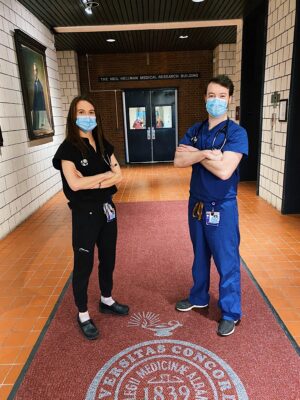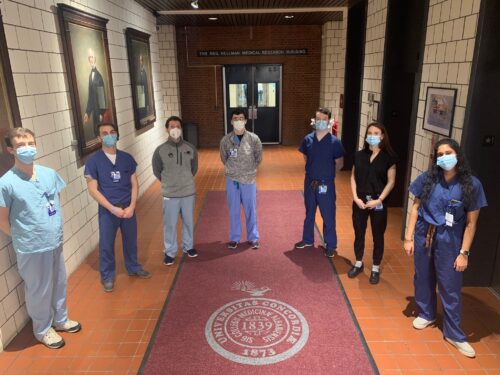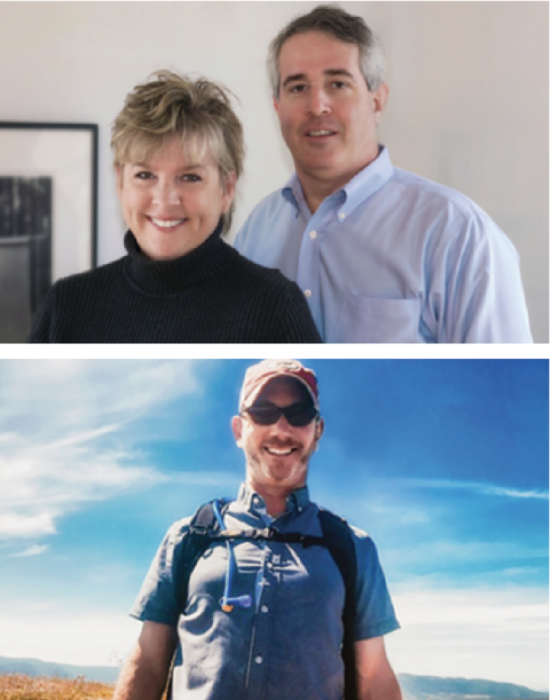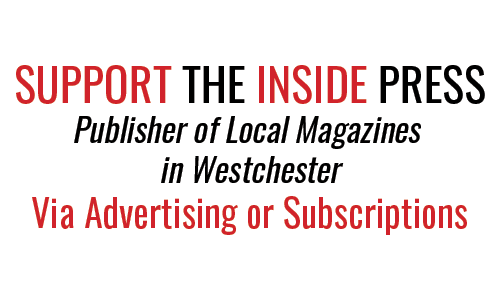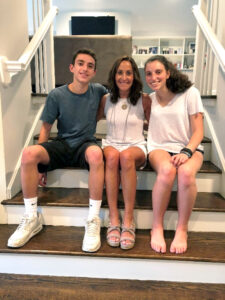
Established as a non-profit in 1971, Mount Kisco Child Care Center has served more than 6,500 children over the past 50 years. The Center serves nearly 200 children each year and is committed to its successful model of service–balancing families who can pay the full fee for care, with families who require need-based scholarship support to attend. Each year MKCCC raises more than $600,000 for its scholarship program. Approximately half of our families receive some level of scholarship support. MKCCC provides year-round child care and early education programs for children beginning at three months until elementary school. The Center offers before- and after-school care to children in Kindergarten through 5th grade and a full-time, eight-week summer enrichment camp for elementary students through 5th grade.
The pandemic has posed many predictable hardships for our neediest families. We are lucky to live in a community with a tremendously generous spirit. From the very beginning of this long and unprecedented time of need, we have been able to utilize community resources and services to assure that our families have food, clothing, diapers, and all basic necessities. We are very thankful to have such devoted community partners.
As the pandemic wears on, a less easily solved problem has arisen. It is safe to say that remote learning has posed a challenge for all families. Supervising and assisting our children with remote learning has been a bemoaned task and burden; much validated by countless comedians and commercials.
There is nothing funny about it, however, if you are a parent who must go to work, in person, every day, in order to provide for your family. These mothers and fathers cannot work from home and provide that imperfect, yet safe model of learning known as remote, or hybrid.
From the very first day that schools initiated remote learning, Mount Kisco Child Care Center transformed our K-5th grade afterschool program into a full day remote learning program. Serving 30 students from seven different school districts, we set out to provide an option for those parents who had no choice regarding their return to work.
Advocating for Our Students
What we found is that some students had very little trouble adapting to online learning and were able to thrive academically. Others, however, have struggled. We knew that just as we became an online learning setting for families in need, we had to also become advocates for our students, just as a parent or in-home caregiver would. Our teachers and I began collaborating frequently with teachers at children’s schools. In sharing our observations about what a student was challenged by, we were able to formulate strategies to meet goals varying from increased engagement and focus regarding the online learning itself, to increased comprehension of the material, and greater success with assignments.
This intervention served to bridge the gap between “home” and school in many instances. We were thrilled to see happier kids, and parents who were less anxious about their need to work during this unprecedented time. There were, however, some students who needed more support than was possible through our collaborations with the school districts.
One such student is Janet. Janet is a friendly, bright and extroverted 10-year-old. She has been a part of our afterschool program for many years. Historically, Janet was an excellent student with no identified barriers to learning. Soon after the implementation of remote learning, her academic performance declined. Accustomed to academic success, this shift quickly affected her confidence, and thus her engagement with her online classes. A negative pattern became evident to our teachers. Accustomed to positive feedback from her teachers for both attitude and achievement, she felt embarrassed when she was unsure or wrong in class and ceased to participate only serving to cause her to fall further behind. Our MKCCC teachers came to me with their concerns. In meeting with Janet’s teachers, I learned that they too were alarmed by the changes that they were seeing in Janet.
Janet’s parents were distressed about this development. They felt helpless. Sadly, in many ways they were. Janet’s mother is a store cashier and her father is a handyman. English is their second language. They couldn’t give her the academic assistance that she needed, nor were they able to afford a tutor.
Once again looking to resources in our community made a solution possible. I reached out to a local college student who was living at home during the pandemic, as her classes were online and her campus was closed. As an Education major, Emma jumped at the opportunity to become involved. With input from our teachers, and Janet herself, Emma familiarized herself with Janet’s areas of challenge and confusion. Janet was immediately excited about the prospect of having her own tutor. When she learned it was a college student, she was even more enthusiastic, revealing her hope to go to college one day. Emma has shared with me how disconnected and isolated she has felt since her own remote learning began. Having a connection with Janet and seeing the positive impact of her assistance has given her an unexpected but very welcome sense of purpose during this turbulent time.
COVID-19 has changed our world significantly. What hasn’t changed is our mission of providing high-quality child care and early education for all of our families. We pride ourselves on our commitment to maintaining a diverse student community , both socio-economically and culturally. The children enrolled at MKCCC continue to learn, grow, and thrive, through our innovative and award-winning curriculum, including the intergenerational Joining Elders With Early Learners (JEWEL) program and Feed Me Fresh (FMF) nutrition education program. Mount Kisco Child Care Center looks forward to our next 50 years, pledging to continue our service to our community with optimism and dedication to excellence in child care.
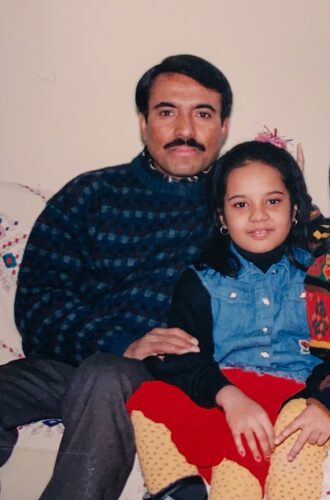
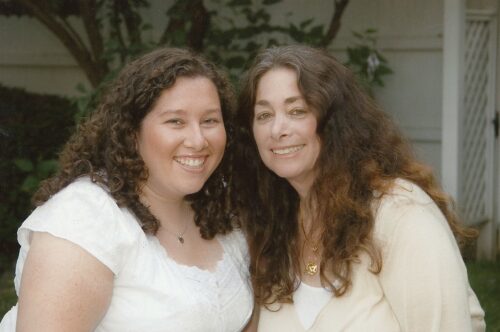
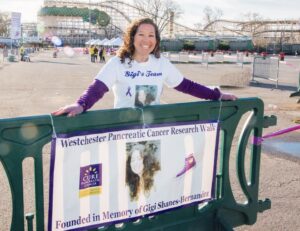
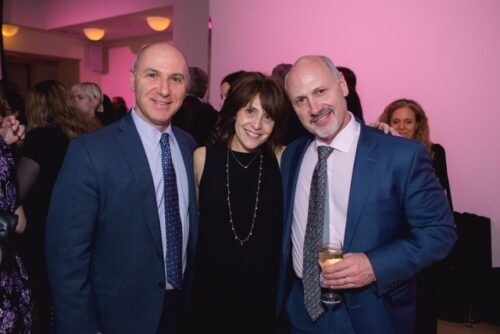
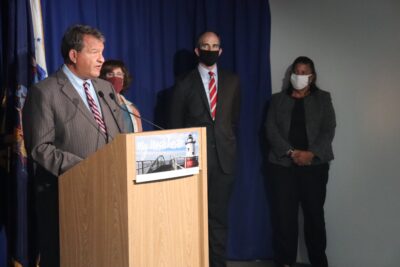 Latimer said: “As a result of COVID-19 and the impact on the economy, both the federal government and New York State issued moratoriums on tenant evictions. Those moratoriums are coming to an end and unemployment benefits have been greatly diminished. The Community Build Back Program will enable families to stay in their homes as we head into the fall/winter season.”
Latimer said: “As a result of COVID-19 and the impact on the economy, both the federal government and New York State issued moratoriums on tenant evictions. Those moratoriums are coming to an end and unemployment benefits have been greatly diminished. The Community Build Back Program will enable families to stay in their homes as we head into the fall/winter season.” 